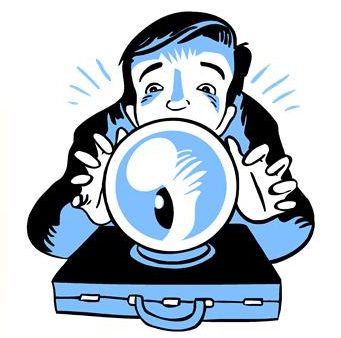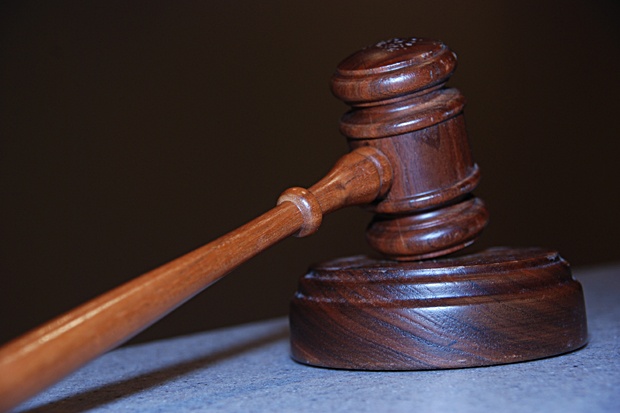If You’re Going to Attend Just One Session at LegalTech Next Week, Make it This Session – eDiscovery Best Practices

In just a few days, there will be big happenings in the New York area! No, I’m not talking about the big game, I’m talking about the biggest legal technology event of the year, LegalTech New York (LTNY). If you’re going to be attending the conference this year (and, if not, why not?), here is a session that is a “must attend” for anyone who wants to know leading judges’ perspectives on eDiscovery rules changes and best practices.
On Day 2 of the conference, Wednesday, February 5 at 9:00am, eDiscovery industry expert Craig Ball will lead a discussion with five renowned judges who have had significant impact on how lawyers manage legal technology. The Day Two Keynote General Session Presentation – Judges Panel: Changing Rules and Best Practices in e-Discovery will include Craig and the following judges:
- Honorable Lee H. Rosenthal, United States District Judge, Southern District of Texas
- Honorable Shira A. Scheindlin, United States District Judge, Southern District of New York
- Honorable John M. Facciola, United States Magistrate Judge, District of Columbia
- Honorable James C. Francis, United States Magistrate Judge, Southern District of New York
- Honorable Andrew J. Peck, United States Magistrate Judge, Southern District of New York
Most of these judges were discussed in Lisa Holton’s article (E-Discovery: A Front-Row Seat) as “trailblazing” judges in The American Lawyer (we covered it here) and we’ve covered a number of their decisions and opinions over the history of this blog.
As the summary of the session notes, when it comes to legal technology, few names are more synonymous with the industry than these panelists. Craig will lead the discussion, as the judges share their views on today’s legal landscape with an eye towards what the future holds. These eDiscovery pioneers will share their experiences and viewpoints to help attendees best prepare for the law and practice of tomorrow.
Craig referenced the session in his own excellent blog, Ball in Your Court, here. As Craig notes, “The judges will be discussing some of what you might expect, e.g., proposed Rules amendments, predictive coding, Rule 502 and expectations of lawyer technical competence. We will also be exploring a few fresh issues, like the impact all those little screens are having on everyone in and out of court.” Craig also indicated that there was “still time to add topics and questions of interest to you” – if there is a topic you would like him to cover, you can post a comment to his blog post here or email him at craig@ball.net.
Because this session is a Keynote General Session, it’s open to all attendees, so, if you’re at the show next week, this session is a must see. Don’t miss it!
LTNY starts next Tuesday and eDiscovery Daily will be covering the show for the fourth straight year. We will also be conducted our thought leader interview series at the show again for the fourth straight year as well! After the show, we will publish the schedule for posting the interviews. Stay tuned!
So, what do you think? Are you attending LTNY this year? Do you plan to attend this session? Please share any comments you might have or if you’d like to know more about a particular topic.
Disclaimer: The views represented herein are exclusively the views of the author, and do not necessarily represent the views held by CloudNine Discovery. eDiscoveryDaily is made available by CloudNine Discovery solely for educational purposes to provide general information about general eDiscovery principles and not to provide specific legal advice applicable to any particular circumstance. eDiscoveryDaily should not be used as a substitute for competent legal advice from a lawyer you have retained and who has agreed to represent you.









